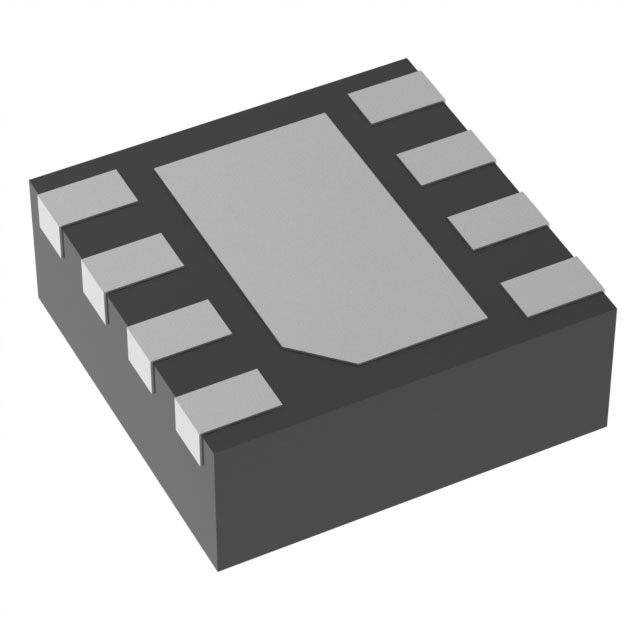LM2903BIDDFR
Manufacturer No:
LM2903BIDDFR
Manufacturer:
Description:
IC COMPARATOR 2 GEN PUR TSOT23-8
Datasheet:
Delivery:





Payment:




In Stock : 88688
Please send RFQ , we will respond immediately.









LM2903BIDDFR Specifications
-
TypeParameter
-
Supplier Device PackageTSOT-23-8
-
Mounting TypeSurface Mount
-
Package / CaseSOT-23-8
-
Operating Temperature-40°C ~ 125°C
-
Hysteresis-
-
Propagation Delay (Max)1µs (Typ)
-
CMRR, PSRR (Typ)-
-
Current - Quiescent (Max)600µA
-
Current - Output (Typ)21mA @ 5V
-
Current - Input Bias (Max)0.025µA @ 5V
-
Voltage - Input Offset (Max)2.5mV @ 36V
-
Voltage - Supply, Single/Dual (±)3V ~ 36V, ±1.5V ~ 18V
-
Output TypeOpen-Collector, Rail-to-Rail
-
Number of Elements2
-
TypeGeneral Purpose
-
PackagingCut Tape (CT)
-
PackagingTape & Reel (TR)
-
Product StatusActive
-
Series-
The LM2903BIDDFR is a dual differential comparator integrated circuit chip. It has several advantages and application scenarios, including:Advantages: 1. Dual Comparator: The LM2903BIDDFR chip consists of two independent comparators in a single package. This allows for cost-effective and space-saving designs, as it eliminates the need for multiple discrete comparator components. 2. Low Power Consumption: It operates at low power supply voltages (typically 2V to 36V) and consumes very low quiescent current (typically 0.8mA per comparator). This makes it suitable for battery-powered applications and other low-power designs. 3. Wide Input Voltage Range: The chip has a wide common-mode input voltage range, which allows it to handle a variety of input signals. 4. High Input Impedance: It has a high input impedance, which minimizes the loading effect on the input signal source. 5. Open Collector Outputs: The outputs of the comparators are open collector, which allows for easy interfacing with other digital circuits or devices.Application Scenarios: 1. Voltage Level Detection: The LM2903BIDDFR chip can be used to compare two input voltages and determine their relative levels. It is commonly used in voltage level detection circuits, such as battery voltage monitoring, overvoltage/undervoltage protection, and voltage reference circuits. 2. Signal Conditioning: It can be used in signal conditioning circuits to compare an input signal with a reference voltage and generate a digital output based on the comparison result. This is useful in applications like threshold detection, window comparators, and signal amplification. 3. Oscillators and Timers: The chip can be used in oscillator and timer circuits, where it compares the input voltage with a reference voltage to generate timing signals or control the frequency of oscillation. 4. Switching and Control: It can be used in switching and control applications, such as motor control, power supply control, and relay control. The comparators can compare different input signals and generate control signals based on the comparison results. 5. Sensor Interface: The LM2903BIDDFR chip can be used to interface with various sensors, such as temperature sensors, light sensors, and pressure sensors. It compares the sensor output with a reference voltage to generate digital signals for further processing or control.Overall, the LM2903BIDDFR integrated circuit chip offers versatility, low power consumption, and cost-effective solutions for various analog and digital applications.
LM2903BIDDFR Relevant information










